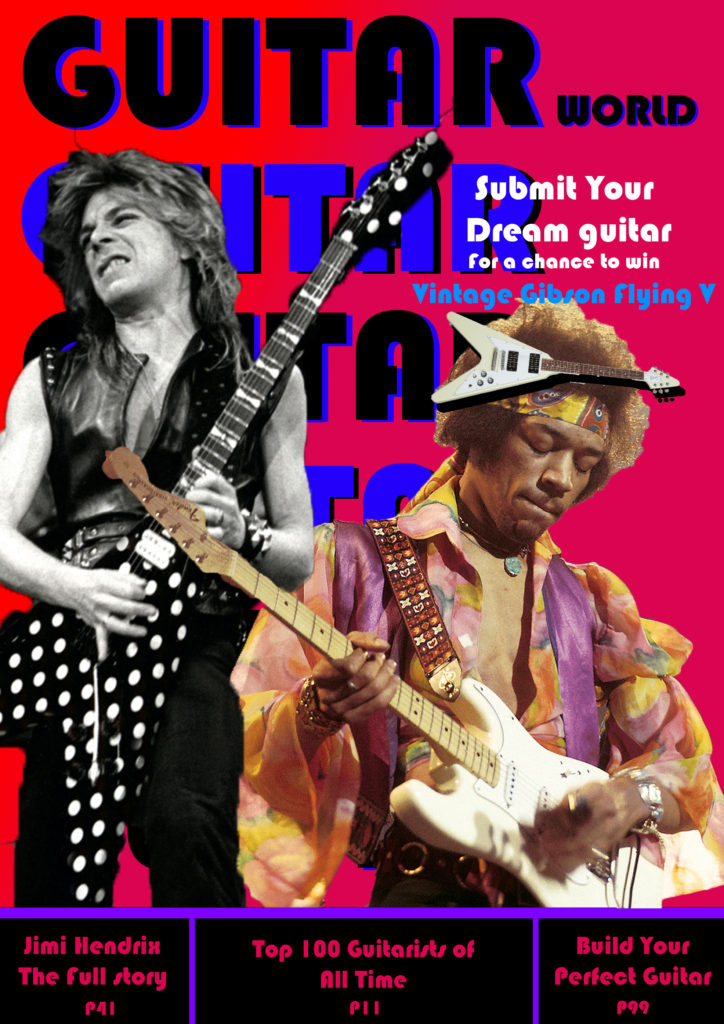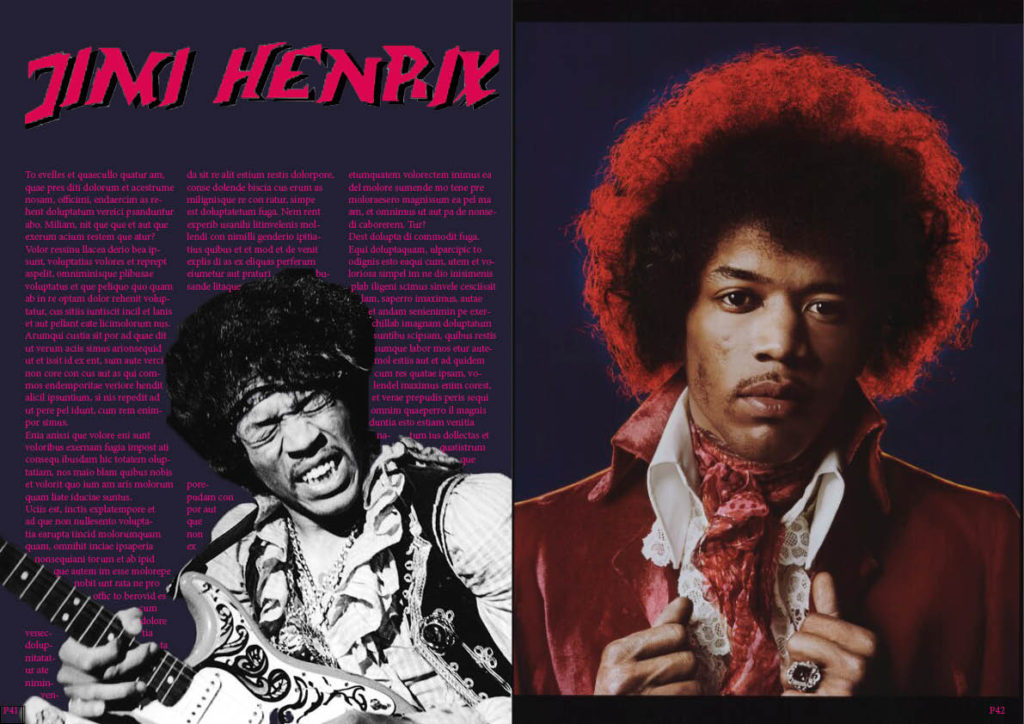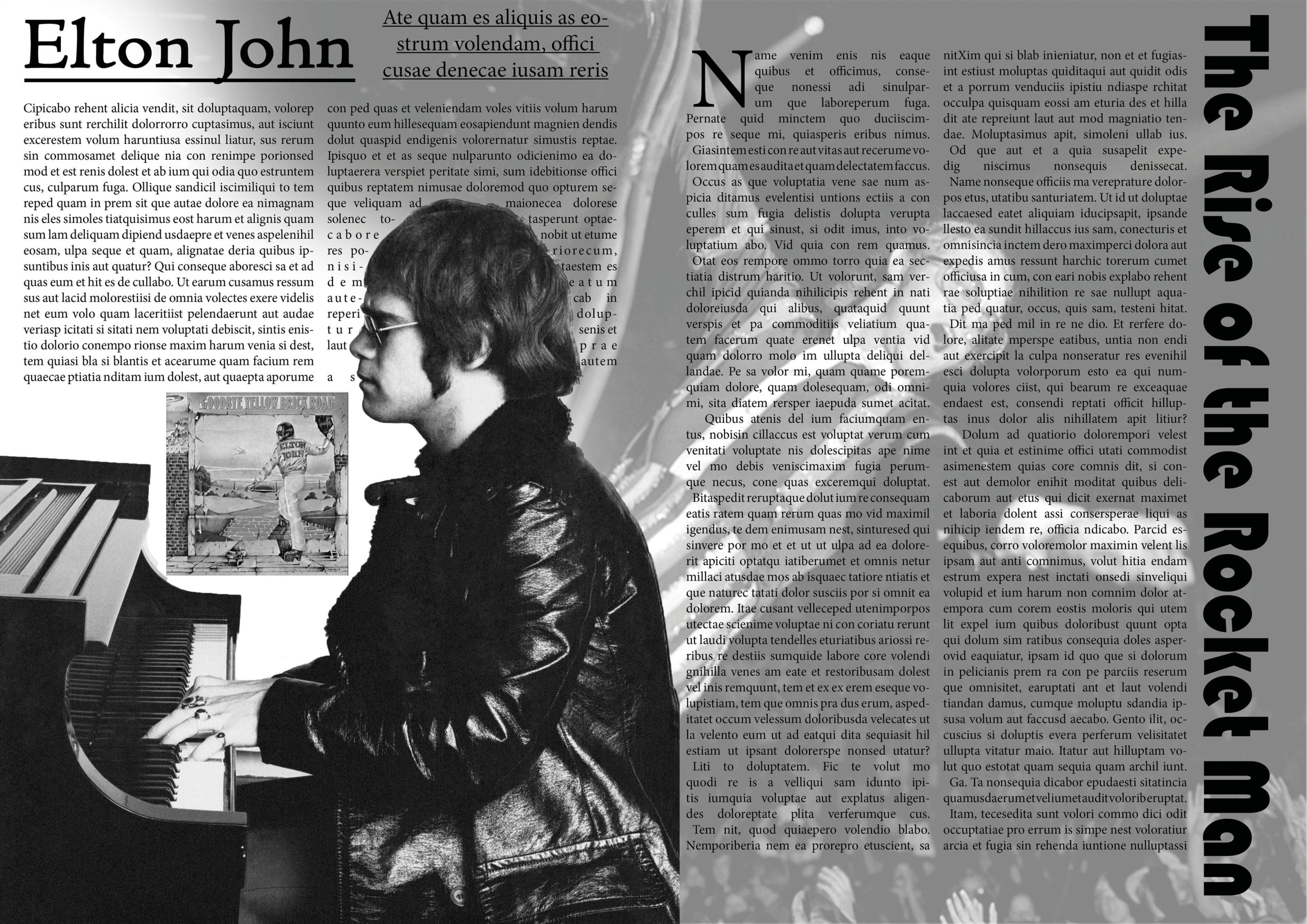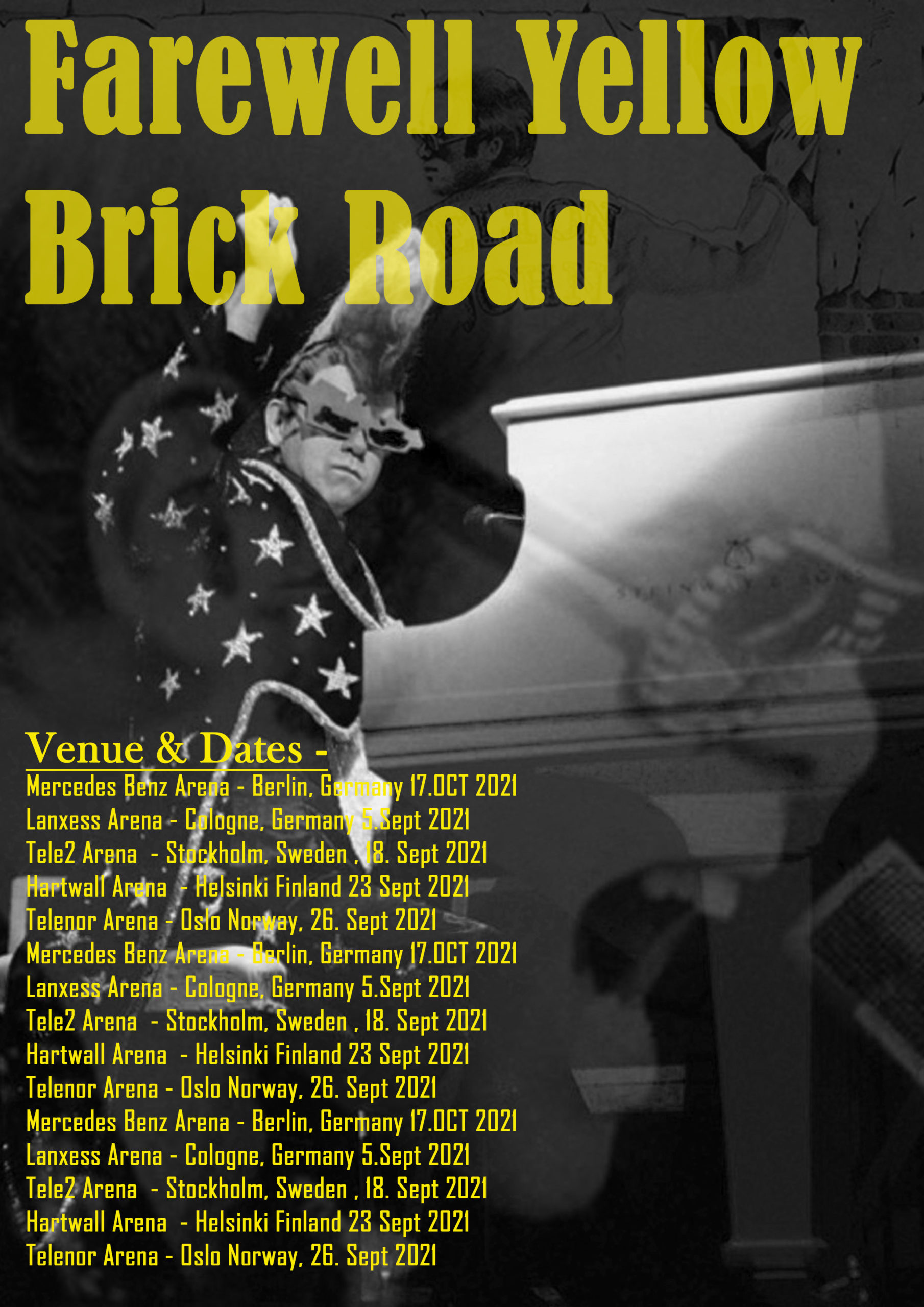
DOUBLE PAGE SPREAD





How useful are ideas about narrative in analysing music videos? Refer to the Close Study Products ‘Ghost Town’ and ‘Letter To The Free’
Narrative is defined as a spoken or written account of connected events. Narrative theories look at recognisable and familiar structures that help us to understand both how narratives are constructed and what they might mean. Some narratives may be linear and sequential, starting at the beginning with a clear middle and end. Whereas others may have flashbacks, flash forwards or even parallel narratives. In commons ‘Letter To The Free’ there are two strands running parallel through the video: narrative and performance. The narrative is the story that runs through the video, in this case it is the journey of the black box, and the performance element, when the artist sings to the camera. Roland Barthes identifies five different kinds of semiotic elements that are common to all texts. These five codes are Hermeneutic, Proairetic, Semantic, Symbolic, and Cultural. A hermeneutic code is a mystery within a text that is not immediately answered, in Common’s ‘letter to the free’ the black box is a hermeneutic code, we do not know the exact purpose of it and it is left to our imagination. There are also many cultural codes in this text, a cultural code refers to anything in the text which refers to an external body of knowledge such as scientific, historical, and cultural knowledge. This video and song was produced for the documentary ‘the 13th’ which is about racism, the abolition of slavery and mass incarceration. An example of a cultural code is the lyric ‘shot me with your raygun, now you’re trying to trump me’, this is referring to former and current republican presidents of the USA, Ronald Raegan and Donald Trump. In Ghost town by the specials there are also many cultural codes, the video was produced just after Margret Thatcher was elected as prime minister. Interest rates and taxes were put up which reduced the inflation, this caused one million people to become unemployed between 1980 and 1981. It hit the African-Carribean community the most, the racial tension and the slim chance of landing a job caused many riots in the streets. This is demonstrated in the lyrics of their songs ‘Government leaving the youth on the shelf, This place, is coming like a ghost town’.



IN-DESIGN NOTES
Text wrapping = Window/ Text Wrap/ Shape around Object/ Alpha channel
Text Columns = Highlight Text/ Text Frame Options/ Number 2/ Gutter Low/ Width High
Insert Image = File/ Place
Text Indent = Top right of page

Red = Theoretical ideas (MC)
In a world of concentrated wealth and major conflicts of class interest, to fulfil this role requires systematic propaganda.
Blue = Other theorists/ quotes (Currna&Seaton)
The eclipse of the national radical press was so total that when the Labour Party developed out of the working-class movement in the first decade of the twentieth century, it did not obtain the exclusive backing of a signal national daily or sunday newspaper.
Yellow = Political
In countries where the levers of power are in the hands of a state bureaucracy, the monopolistic control over the media, often supplemented by official censorship, makes it clear that the media serve the ends of a dominant elite.
Orange = Institutional
Green = Definitions
Judith Butler describes gender as “an identity instituted through a stylized repetition of acts”. In other words it is something learnt through repeated performance.
How useful is this idea in understanding how gender is represented in Music Videos?
Refer in detail to your chosen style models
Style models:
High on gender representation:
Mono no Aware on gender representation:
Judith Butler describes gender as “an identity instituted through a stylized repetition of acts”. In other words it is something learnt through repeated performance.
How useful is this idea in understanding how gender is represented in Music Videos?
Judith Butler’s statement on identity can be applied to many different music videos in order to understand gender representation. For example, in High, the identity of the main character can be explained through Lecan’s Mirror theory, where the self is explored through the ‘other’. This can be seen where the main character is seen through two sets of shots: a series of colour shots where the main character is alone and a series of shots where the main character is surrounded by others. In the colour shots, the main character can be observed to be deeply upset about their situation. In the shots where he is surrounded by friends, however, he can be observed seeing them in the same situation as him with the same sadness that he has. Lecan’s mirror theory can be used as the main character, with his friends, identifies with their situation – seeing them as the ‘other’ and proceeding to copy their behavior as the main character has a shared solidarity with the others. This links to Judith Butler’s statement on gender identity as the main character copies the behavior of the others the more they are exposed to the behavior the others exhibit.
It should also be mentioned that the behavior and ultimately their shared identities copied is situational – The characters appear to be in a desperate situation, showing utter recklessness as they have little to lose. This recklessness can be associated with masculine identity as masculinity as seen as a more active identity rather than passive. This repetition of masculinity through the main character and their friends leads to a more solid identity of masculinity forming. On the other side of that, Mono no Aware focuses on the opposite. Mono no Aware focuses on the theme of isolation, with the main character alone in a cold country. Mono no Aware explores the idea of fractured identity, with the main character left unrepresented (there is a lack of the ‘other’). This lack of representation leads to a lack of behavior to learn and ultimately a lack of solid gender identity. The song (Mono no Aware) does not have any lyrics, relating to the idea of passivity which can be linked to femininity. This can be linked to gender stereotypes as the main character is a woman and therefore would fall under that stereotype.
In conclusion, Judith Butler’s statement on how gender is “an identity instituted through a stylized repetition of acts” Is partially true as gender identity ultimately relies on representation within media. Stereotypes are forged which create solid ‘rules’ for how gender is represented. Gender is represented through media through these rules. These acts are then repeated through the media, creating a concrete set of ‘rules’ for gender identity.
Judith butler describe gender as “an identity instituted though a stylized repletion of acts”. In other words, it is something learnt through repeated performance.
How useful is this idea in understanding how gender is represented? Compare and contrast our ideas in terms of both print media and music videos
Refer in detail to your chosen music video style models, Men’s Health and Oh… (20)
The statement that Judith butler claims, is known as “gender as performativity.” rather gender being part of our nature we “act it out” and the gender is constructed, which is represented in music videos. She suggests that gender is fluid, changeable and plural, meaning society can have the ability to change the way genders should be preserved.
The music video “Blurred Lines” by Robin Thicke, published in 2013, was a massive controversy, around the third wave of feminism in the mid 1990s. The music video portrays women as highly sexualised passive sex objects. They have constructed a music video in order to get a message across about how women are represented. Society was not happy with this, and decided that this idea of women needed to change, by not taking the video down, but changing its culture of racism and sexism.
According to Barker and Jane, english fiction writers, the third wave feminism is the ‘rebellion of younger women against what was perceived as the prescriptive, pushy and ‘sex negative’ approach of older feminists’ and enhance to characteristics of “sex positive” and the “reappropriation of derogatory terms such as ‘slut’ and ‘bitch’ for liberatory purposes”.
The forth wave feminism began around 2012. The only difference compared to the 3rd wave feminism, is that the forth wave feminism was more active, as there were multiple foundations to suport it, such as the “free the nipple” campaign, where miley cyrus got involved and gave her surport.
In response to the “Blurred Lines” music video, Auckland Uni produced a “parody” version, in order to provoke/enhance the message of how women were represented. The video is a role reversal, where the women act like the men and the men act like the women from the original music video. The aim of the parody was to show how bizarre it is to see men portrayed as women in music videos. This was able to show that the use of new media technologies have been a clear demarcation for broadening out the discussion and arguments that are played out within feminism.
The magazine “Oh Comely” was published by the independent publisher, Iceberg Press, a London based publisher. This magazine is about new ways of looking inside ourselves and out the world. It is a reimagination of women’s magazine, that constructs a representation of femininity with its focus on creativity and quickness. Their front covers show a major theme of empowerment, as they stand with a strong, bold posture, with full face shots. We can apply Stuart halls theory of representation as the absence of men, creates an identity for the brand as they are doing something different and showing how women can have different representations and aren’t just objects, as you would see in various magazines and music videos, such as “Blurred Lines” music video.
From looking at the magazine “Oh Comely”, we can see a major contrast in the Men’s Health magazine, published by the company Hearst communications, where it focuses on the representation of men. This magazine supports Judith Butlers theory considering “a repertoire of acts”, suggesting that something is learnt through a repeated action. Hearst is a large conglomerate, owning other magazines such as Maire Claire and Elle, and with Men’s Health being one of the world’s largest men’s magazine brands, it plays a big role in presenting genders and stereotypes. With its repetitive Men’s Health magazines, with all the men standing in the same position in each magazine (strong, bulky, strong) it creates an ideology of the way men should be perceived. Overtime, when the magazines reach all audiences, it gives the audience an intended message on how they should look. This is enhanced by the various bold text that are featured in the front cover, “blast body fat” “new year muscle” etc.
In conclusion, Judith Butlers theory allows us to understand how gender is presented through media institutions, and how societies stereotype gender. Furthermore, the way gender is constructed through media can majorly contrast each other. In the music video “Blurred lines”, it is seen that the women have been overly sexualized. The theorist Laura Muvely focuses on the Male Gaze, and how women are objectified. The Male Gaze is the act of depicting women in the visual arts, from a masculine perspective that presents and represents women as sexual objects for the pleasure of the male view. This is clearly seen in “Blurred Lines”, through the use of minimal clothing and close up shots, making them be identified as “sex symbols”. Alternatively, with the magazine “Oh Comely”, as it introduces women with long sleeved clothing and minimal makeup. Furthermore, it takes us away from the representation of women being seen as sex objects, therefore creating a radical text for the reader, as they are used to large conglomerates and artists, such as Hearst, more specifically Men’s Health, creating a dominant ideology of how men and women should be seen.


